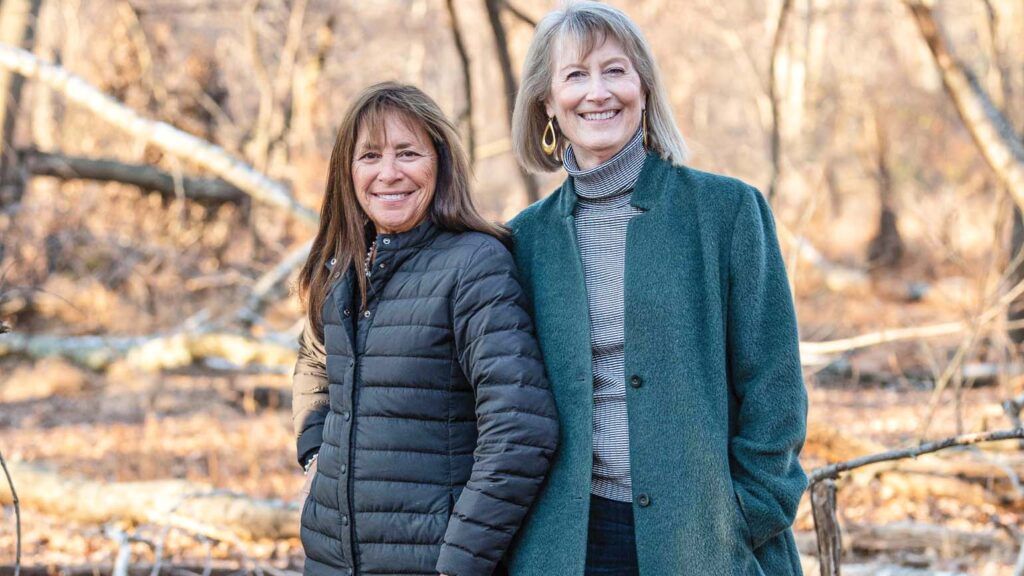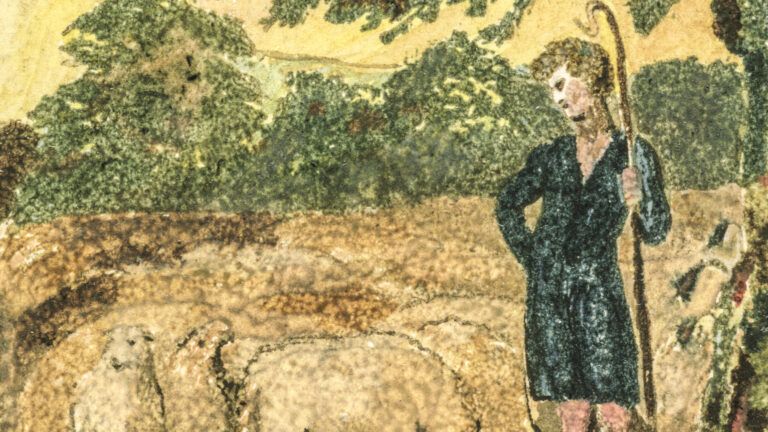A casual get-together set Joan Hill and Katie Mahon on a 20-year journey of discovery into miracles. Along the way, they published their first book, The Miracle Chase, in 2010.
In the years since, hundreds of people who’ve experienced miracles of their own have confided in Joan and Katie. It made these two women wonder, Why do so many people keep these stories to themselves? And what do these miracles tell us about God when we view them all together? We spoke with them about their findings and their most recent book, The Miracle Collectors: Uncovering Stories of Wonder, Joy and Mystery, to find out more.
What’s your definition of a miracle?
KM: We see miracles as signs of divine intervention that create a beneficial connection between God and humankind. They can be everything from seeing a cardinal to big thunderbolt experiences. Miracles are signs for the person who recognizes them as divinely meant for them.
When you were touring for your first book, you noticed that people came up to you after your readings to tell you their own stories. Did this tell you anything about the importance of sharing miracle stories?
JH: What we noticed was that the ripple effect of a miracle is important. The event touches us, and we touch others by sharing our stories. That allows us to find connection with others.
KM: Yes. Sharing miracles also helps us find meaning in them. Saying it out loud is a way to hear it anew. Also, the person hearing the story might offer a new perspective.
Why don’t more people discuss their own divine encounters and miracle stories?
JH: We did a survey on the reasons people don’t talk about their miracle stories. The number one reason was that they were afraid of people not believing them, of looking foolish.
KM: But when you share one of these stories with others, you give them permission to do the same.
JH: Sometimes miracles happen when people are going through a difficult time, so they keep these stories to themselves. But once they release them and share them, it opens them up to other experiences.
How else can people open themselves up to more miracles?
JH: The first step is about becoming aware. Often we go through life thinking we understand what we’re seeing, but we’re not looking at the whole picture. There’s a graphic that I like to use in miracle presentations. It’s a truck that’s run off the road and fallen onto a little shelf of rock below. It seems remarkable, until you see the next picture of the same scene pulled back. A massive canyon extends hundreds of feet below the shelf. Now it goes from amazing to miraculous. Changing our perception, and looking at things we see all the time in a new light, is the beginning of welcoming more miracles into our lives.
KM: It takes practice, and living in the moment. If I didn’t keep a gratitude journal, I would forget some amazing things. And you think, How would you even forget that? But we do.
People sometimes forget or don’t recognize miracles in their lives?
KM:Yes. We can get too caught up in day-to-day responsibilities and forget to step back and marvel. Or we dismiss miracles because we can’t accept that God would single us out.
We met a woman who had been on 2009’s Miracle on the Hudson flight, where the engines failed and the pilot landed the plane on the Hudson River, saving everyone on board. But the woman shrugged off the experience. Six weeks later, she read about a much smaller plane crash in which everyone on board was killed. “This is what normally happens,” she told her husband. It was then that she realized her life had been saved by God. She changed her workaholic ways to spend more time with her family and in volunteer work.
Are there instances in which we can be a miracle in someone’s life?
KM: Yes! The traditional idea of miracles is us asking God to say yes to us in some way. But in being a miracle for someone else, we say yes to God. We have opportunities to be God’s conduit. This can look like choosing to call to check in on someone who is having a hard time, even though it might feel uncomfortable. Or being supportive and helping a friend who is sick or has lost their job.
JH: It can even be with a stranger. It’s being the right person at the right time.
What did your experiences show you about people who want miracles—who pray for them, even—and don’t get them?
KM: I struggle with this one. Prayer is powerful. But I was a perfect example of someone who didn’t pray for a miracle and got one. As a college freshman, I was saved from a suspicious man who was following me by a hotel bellman who pulled me aside at just the right moment. Fifteen years later, I saw the man who followed me on the news. It was the serial killer Ted Bundy. I was grateful for the miracle that saved me. But I never prayed for it. It just happened.
It’s hard to reconcile with stories of people who pray for miracles and don’t get them. I think what this tells us is that God operates outside of the time and space that we occupy. And so, while it’s important to ask, I don’t believe that our prayers are always answered in ways we can understand or accept.
JH: Often the miracle we get isn’t the one we pray for because God’s perspective is far beyond our understanding. We see only the side of the tapestry that we have in front of us. And we may well be looking at the back of the tapestry, not the front. Miracles are a glimpse into God at work. The amazing part is how much remains a divine mystery.





